







25 years of providing exceptional childcare in Yardley and Langhorne, PA.
At Children Central daycare Langhorne PA, we exceed childcare expectations, proudly serving Langhorne, Yardley, Bucks County, and neighboring areas in Pennsylvania since 1992. Families have entrusted us with nurturing their children’s growth and development. We are a proud member of the Keystone STARS organization, which evaluates childcare programs on a scale of one to four STARS based on criteria that matter to you: meeting state safety regulations, offering a child-friendly environment, and having dedicated teachers who collaborate with you to support your child’s learning journey. Keystone STARS empowers early childhood programs in Pennsylvania to continually enhance their service to children and families. Through the STARS rating system, daycare Langhorne PA families can confidently select programs earning higher STARS, ensuring their children a higher-quality early education experience.
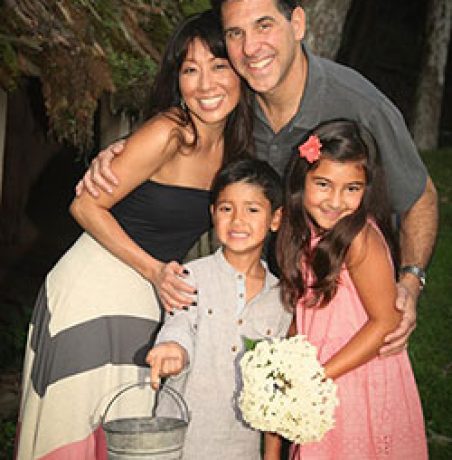

We were certain that, even if we weren’t the owners, this preschool would be our top choice as parents to educate and nurture our two children. Our daughter embarked on her journey in the Twaddler classroom (ages 2-3), while our son began his at just eight weeks old in the infant room.
Children Central stands apart from the rest – we’re not a franchise, nor are we corporate-owned. There’s no need for us to redirect your questions or concerns to a distant “corporate office” or “franchise policy.” Every day, we operate with an unwavering commitment to common sense, empathy (after all, we’re parents too), and above all, your child’s well-being. Moms and dads choose Children Central because of our spacious, radiant classrooms, our unwavering commitment to safety and cleanliness, and their trust in our teachers to keep their children both happy and continuously learning. We genuinely relish the opportunity to get to know each and every parent and child who becomes a part of our school community.
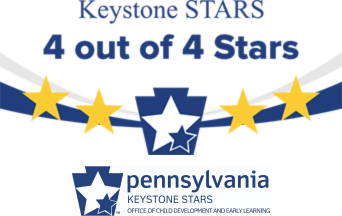

At Children Central, we proudly implement the research-based Funnydaffer curriculum, meticulously aligned with Pennsylvania learning standards. This curriculum stands as one of the carefully selected educational programs endorsed by the esteemed Keystone STARS organization. This means that in every classroom, your child not only learns what’s expected for their age group but also receives an enriching educational experience that goes above and beyond. Learning here is play-based and hands-on, guided by nurturing teachers who collaborate closely with you. You’ll find the weekly lesson plan prominently displayed in each classroom.
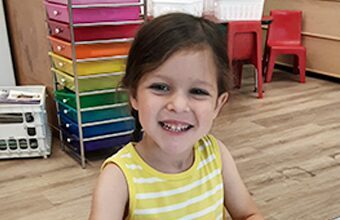

Dynamic curriculum tailored to each child’s developmental stage, fostering holistic growth, creativity, and a love for learning
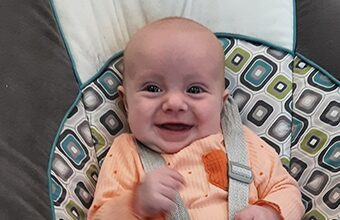

Gentle and nurturing infant care, providing a safe and loving environment for the tiniest ones to grow and thrive.


Encourages exploration, socialization, and early skill development through play and structured activities.
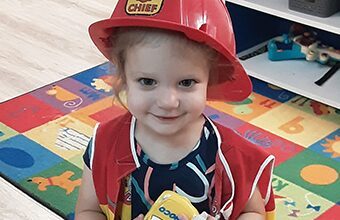

Innovative Twaddlers program, designed to stimulate cognitive and motor skills development for curious 2 to 3-year-olds.
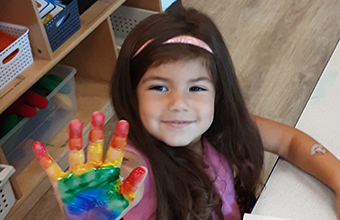

Fostering curiosity and readiness for school, with a focus on social, academic, and emotional development.
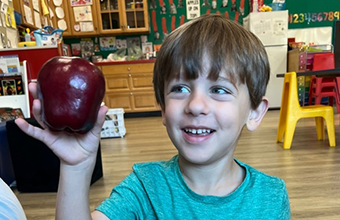

Prepares children for school with a blend of advanced academics, creativity, and social skills.
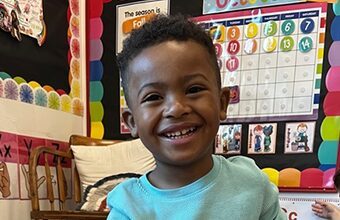

Spanish language enrichment class introduces kids to a new language and culture in a fun and educational way.
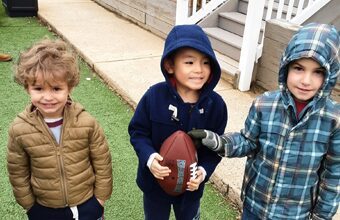

Cultivates physical skills, teamwork, and a love for sports in young children through engaging activities.
Join the magic at Children Central Daycare Langhorne PA! Unleash laughter, creativity, and endless fun for your little ones. Discover a world where every day is an adventure.
Book a Tour Now!
We would look forward to arranging an in-person tour to show you our classrooms and to answer all of your questions.
There are so many great reasons to join our family!










































Cub Camp will start Monday, June 19, 2023 and end Friday, August 25, 2023. We will celebrate the end of camp with a party for the children on August 25th! Please see the 2023 activity calendar below to see all the fun our campers will have this summer! All of our families will be provided with the fun calendar of events for the 2023 summer Cub Camp program.
Cub Camp is a balance of school and fun. Our Pre-Kindergarten teachers make sure the kids are learning while having a great time. We do not want the children to forget everything they have learned in the past school year!
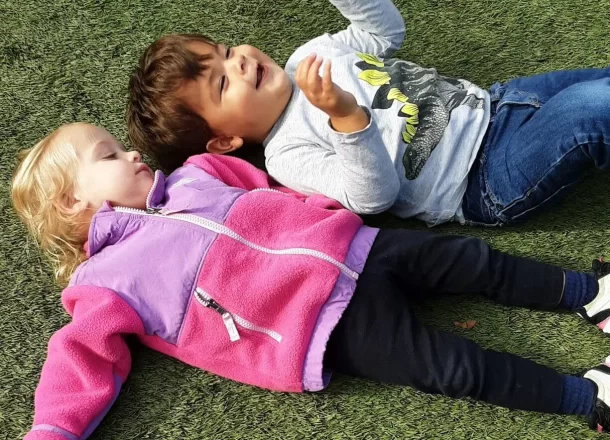

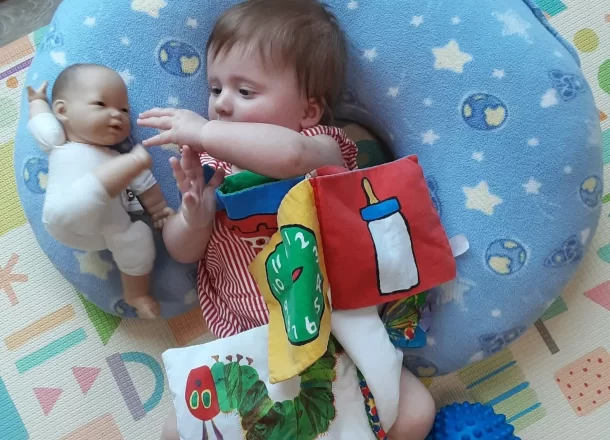

Our convenient daycare Langhorne PA location is close to Yardley, the 95 and Hwy 1 and is easily accessible from the surrounding neighborhoods. When you enroll your child at our child care center, preschool, or day care, (no matter what you call us) we consider it a partnership. Communication works best when it is ‘two-way.’
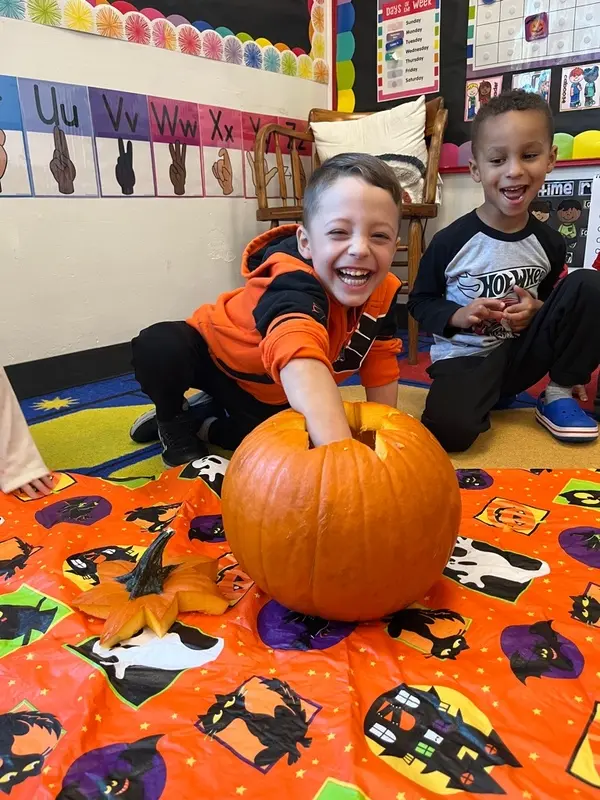
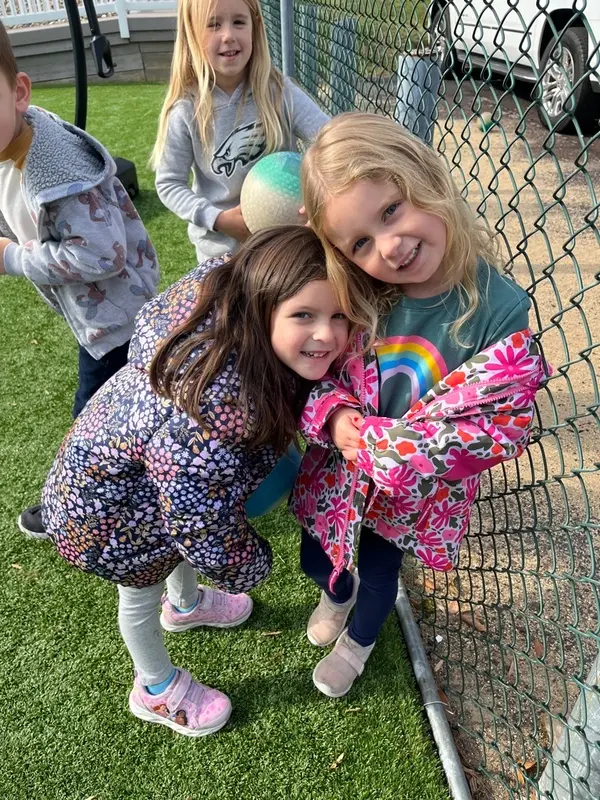

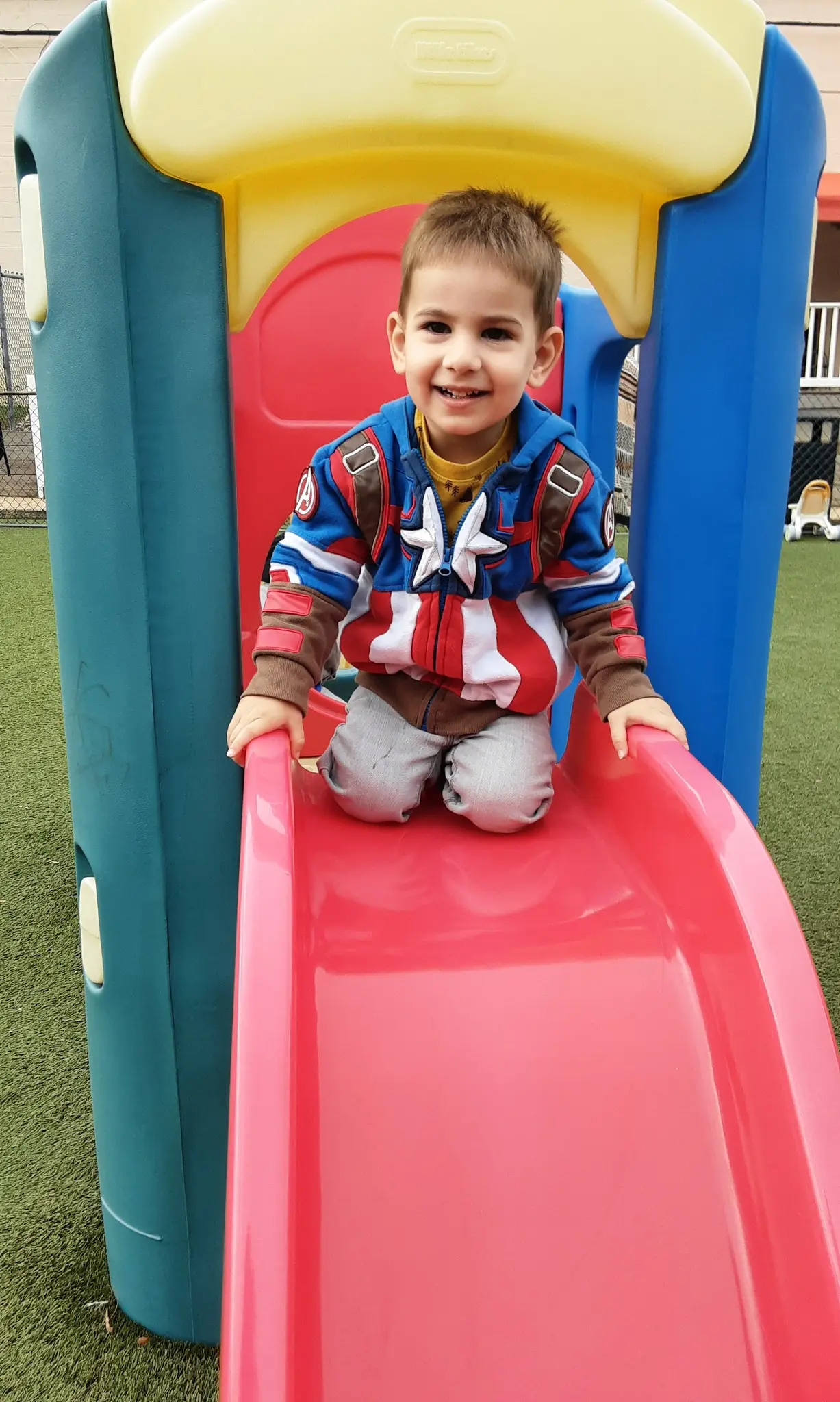

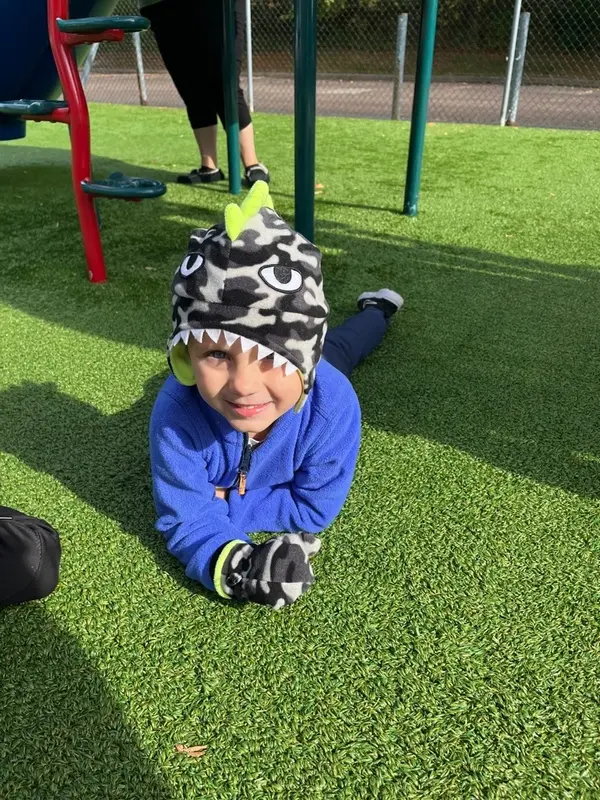

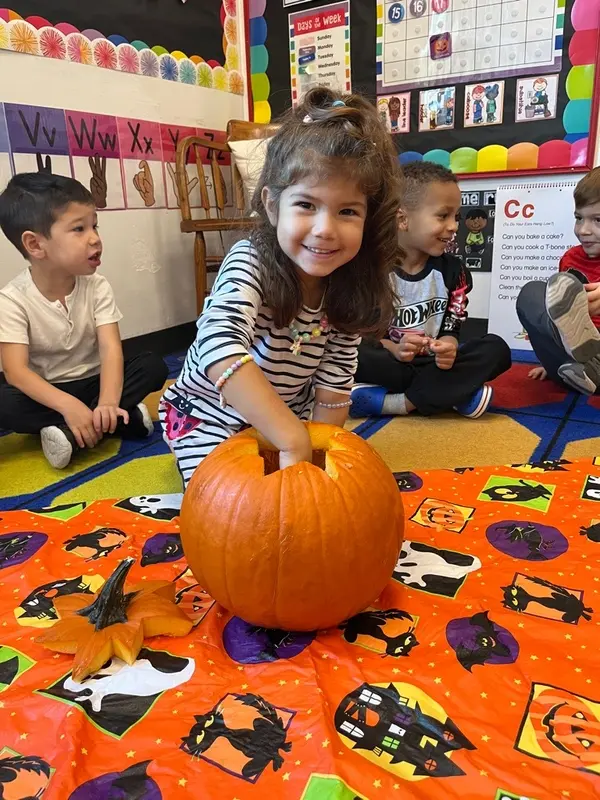



In Langhorne, PA, Children Central is the number one daycare, earning a STARS 4 rating in the Keystone STARS rating system. We provide nurturing care for infants through Pre-Kindergarten using Funneydaffer, a state-recognized curriculum.
Experience the best daycare Langhorne PA. Dial (215) 398-1076 now!
Children Central is the premier childcare near you in Pennsylvania. We have over 20 years of experience providing engaging early learning programs in a nurturing environment. We ensure high security, promote hands-on activities, offer chef-prepared meals, and much more.
Looking for daycare Langhorne PA? Reach out at (215) 398-1076.
Children Central in Langhorne, PA, offers an outstanding pre-k program near you. We have a research-based curriculum focused on educating children aged 4 to 5 to prepare them for kindergarten.
Your trusted daycare Lanhorne PA provider. Call us at (215) 398-1076.
Children Central has a top-rated preschool for children aged 3 to 4 years old. It incorporates play-based learning, literacy, science, math, music, and more into the curriculum. Search “pre school near me” to learn more.
Explore Children Central daycare Langhorne PA, your premier childcare center. Contact us: (215) 398-1076.
Children Central is the top-rated childcare development center near Langhorne, PA providing infants through pre-k programs in a secure, nurturing environment. Schedule a tour at our daycare Langhorne PA today!!
As per Google ranking, Children Central is the premier five star daycare near you in Langhorne, PA. We have achieved Keystone STAR 4 rating and provide nurturing care in an engaging learning environment.
Join our quality daycare Langhorne PA. Reach us today at (215) 398-1076.
Children Central is highly recommended as an outstanding daycare Langhorne PA with a focus on educating the whole child in a secure environment.
Join our quality daycare Langhorne PA. Reach us today at (215) 398-1076.
Children Central in daycare Langhorne PA is one of the top daycares in Bucks County, PA. We have been proudly serving families in this community for over 20 years.
Join our quality daycare Langhorne PA. Reach us today at (215) 398-1076.
Copyright © 2024 – Children Central – All Rights Reserved.
Updates Simplified | No Joke Childcare | Disclosures | Site Map